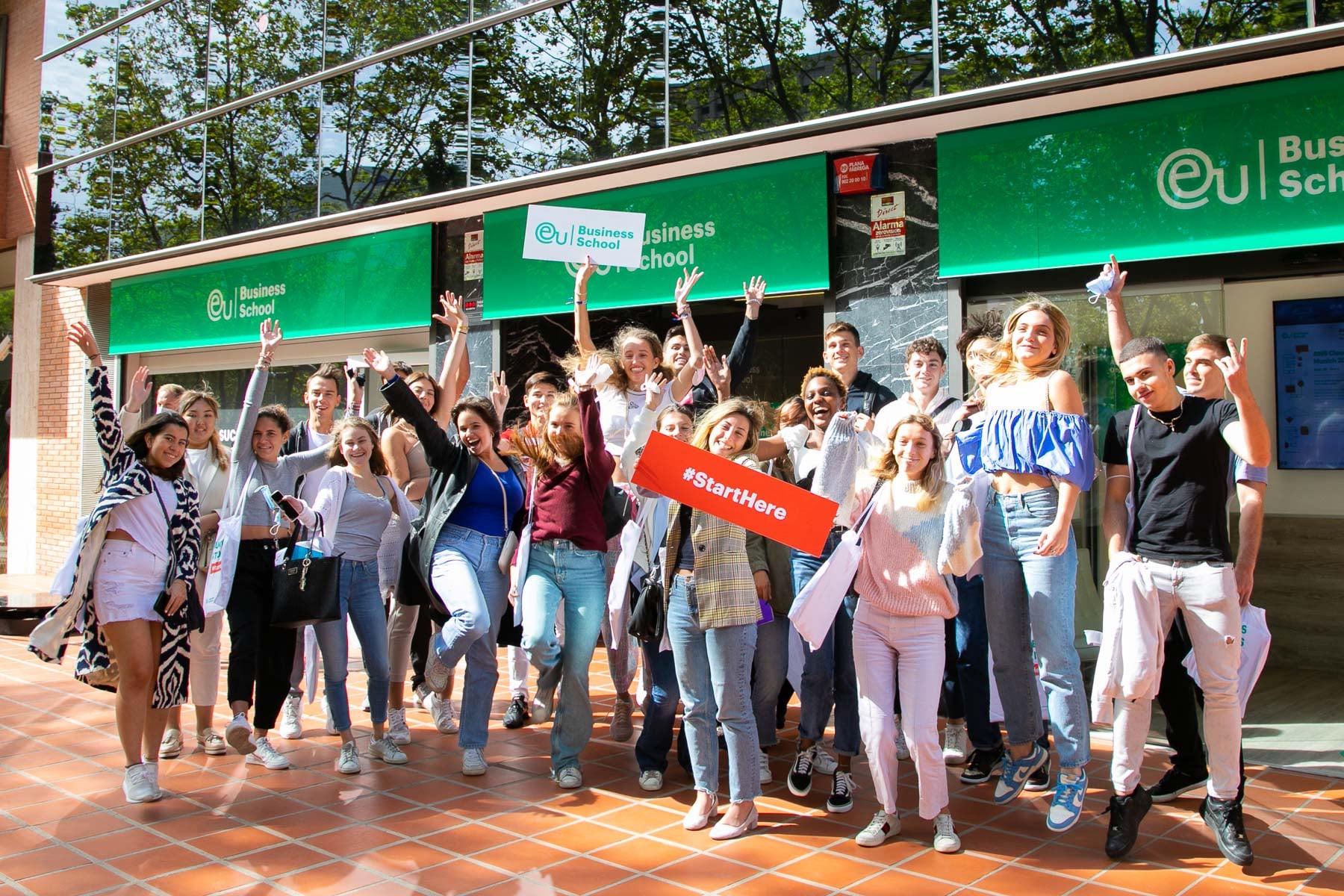How to Build a High-Performing Team
In some people’s eyes, the global pandemic ended the notion of team building in the workplace. These same people breathed a sigh of relief, as embarrassing activities considered by many to be team building exercises frequently succeeded in alienating half of the workforce from the other.
Post-COVID, in a world of remote and hybrid work arrangements, should leaders still be concerned with building high-performing teams? Has the notion of “team” changed since the nineties and into the new millennium?
Building a high-performing team may begin with recruiting the best people for the job, but the process doesn’t end there. The leader’s responsibility for the team also includes investing time, energy and budget into developing skills, attitudes and behaviors.
Nature of the Team
Let’s distinguish, firstly, between the necessity to build high-performing teams in a business, from the somewhat inaccurate belief that such teams are always an outcome of specific team building activities. The former is a prerequisite for a successful business, while the latter team building exercises may be one of many strategically applied tools in a team leader’s resource kit.
Which brings us to a definition of a high-performing team as a group of goal-oriented individuals with the knowledge and skills to achieve above-average results on a consistent basis, confident in their responsibility to communicate with each other and with their leader.
Action-Centered Leadership
John Adair’s Action-Centered Leadership (ACL) was an influential model launched way back in 1973 that placed the concept of “team” within a three-way focus on actions a leader must take to lead a team effectively. The leader’s focus must be divided between:
- Task: actions the leader must take to achieve a goal.
- Team: actions taken at a group level to encourage effective teamwork and group cohesion and collaboration.
- Individual: actions to address each team member’s individual needs.
These three focus areas overlap on a Venn diagram, showing their interrelationship while illustrating that the leader will spend time in each of the three circles of activity, depending on the demands at the time.
Thus, when the leader is presented with a new project for his team to undertake, the initial focus will be on understanding the nature of the task itself. The focus will then shift to the allocation of resources within the team, whereafter the leader can address individual needs in terms of clarifying roles, responsibilities and training.
The leader’s actions will continually alternate between (1) reminding the team of the task priorities and checking on progress towards goal achievement, (2) ensuring team collaboration, role clarification and conflict reduction, and (3) checking on individual performance and task satisfaction.


Team vs. Individual
The pandemic brought many kinds of team leadership issues to the fore. For example, it sparked the ‘Great Resignation’, or great reshuffle, as employees sought a better work-life balance, prompted by the experience of enforced remote work combined with existential questioning of the meaning and fulfillment gained from their occupations.
Although the Great Resignation peaked in late 2022 and is now largely considered to be over, there has been a longer-term restructuring of jobs and the workplace. A significant symptom of this restructuring is a sharp increase in the “disengaged worker”, particularly at white collar level, a phenomenon also known as “quiet quitting”.
Focus on EX: Employee Experience
Building a high-performing team may still boil down to the age-old question of what truly motivates an individual in the workplace. In the 1950s and 60s when Frederick Herzberg asked this question, he came up with his Two-Factor Theory of Motivation.
Herzberg distinguished factors like a sense of achievement, recognition and responsibility – that he claimed were truly motivational (sources of job satisfaction) – from things such as company policies, appropriate levels of supervision and the work itself, which he claimed are potential sources of dissatisfaction – what he called “hygiene factors”.
Herzberg’s theory has had its detractors over the years, but it rings true when we talk about creating the work environment needed to nurture high-performing teams. An employee’s experience of satisfaction and engagement with their role, known as EX – their source of individual motivation – is closely related to the satisfaction experienced by the customer, known as CX.
You cannot hope to delight your customers if your employees are not fully engaged. How do we promote this engagement? Building trust in the leadership and organization is key to employee experience, which is accomplished by investing in the personalized growth and development of your people (akin to what Herzberg called “job enrichment”).
CX and EX in the Digital Age
The positive link between CX and EX is no longer in doubt. In the digital age, this link is increasingly facilitated and enhanced via AI as a primary user-customer interface (user experience or UX), especially in an environment of remote work.
Here, the technology has the potential to further empower the employee-customer interface, while at the same time having the potential to disrupt this interface. For example, one study found that nearly half of employees surveyed lose between one and five hours of productivity per week dealing with IT and cyber-security issues.
Final Thoughts
According to CNN: “True engagement means your people are psychologically present to do their work. They understand what to do; they have what they need; and they have a supportive manager and a supportive team. They know why their work matters. They are work ready.”
If you’re interested in understanding how teams work and how to motivate them to perform at their very best, see EU Business School’s programs in Human Resources Management.












